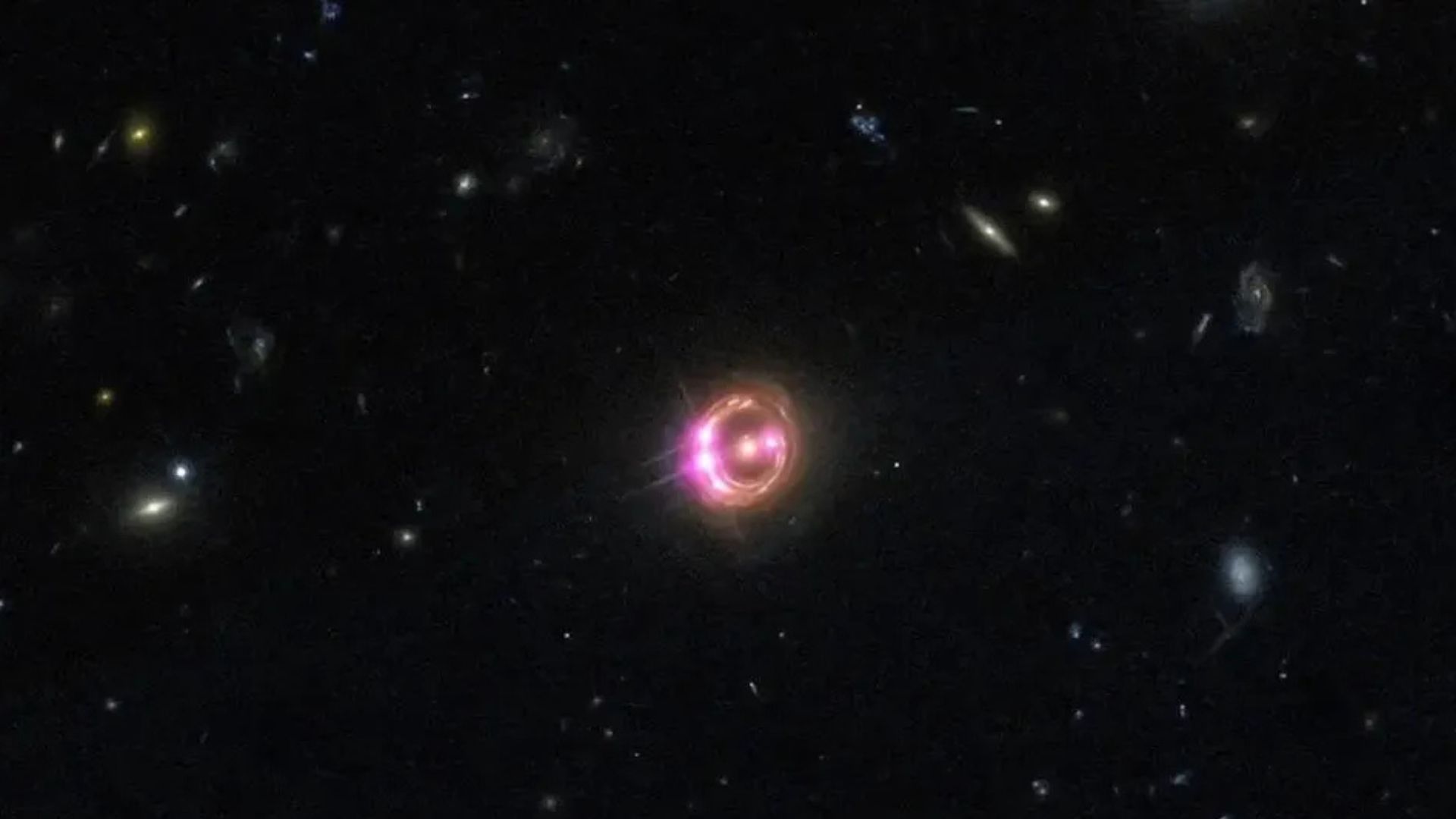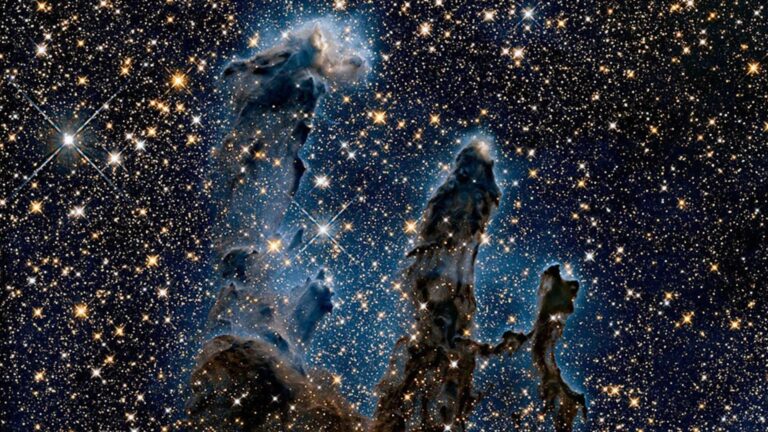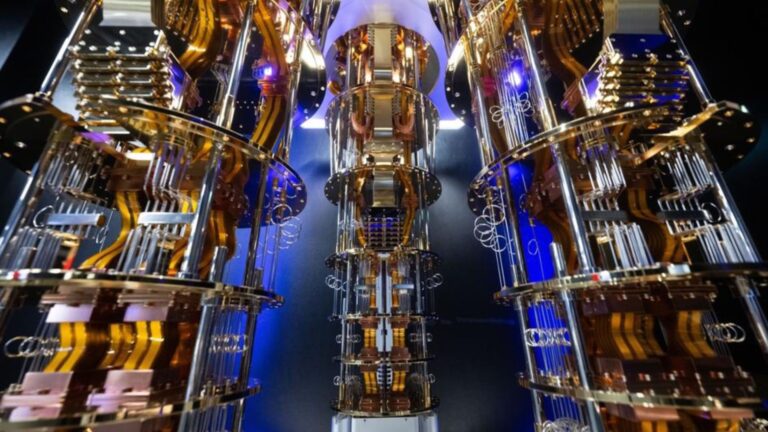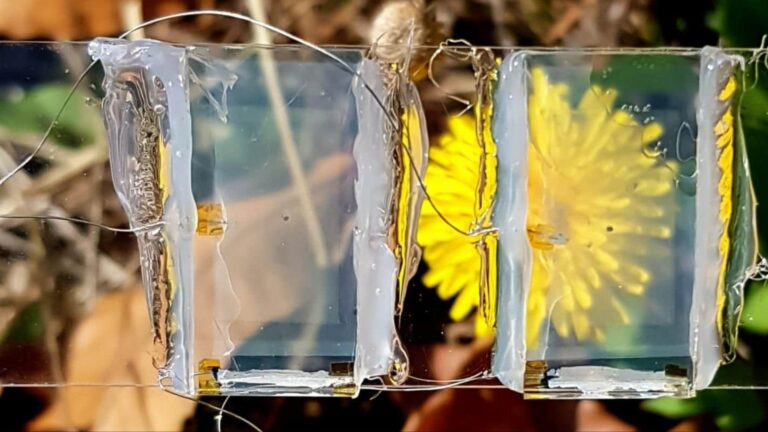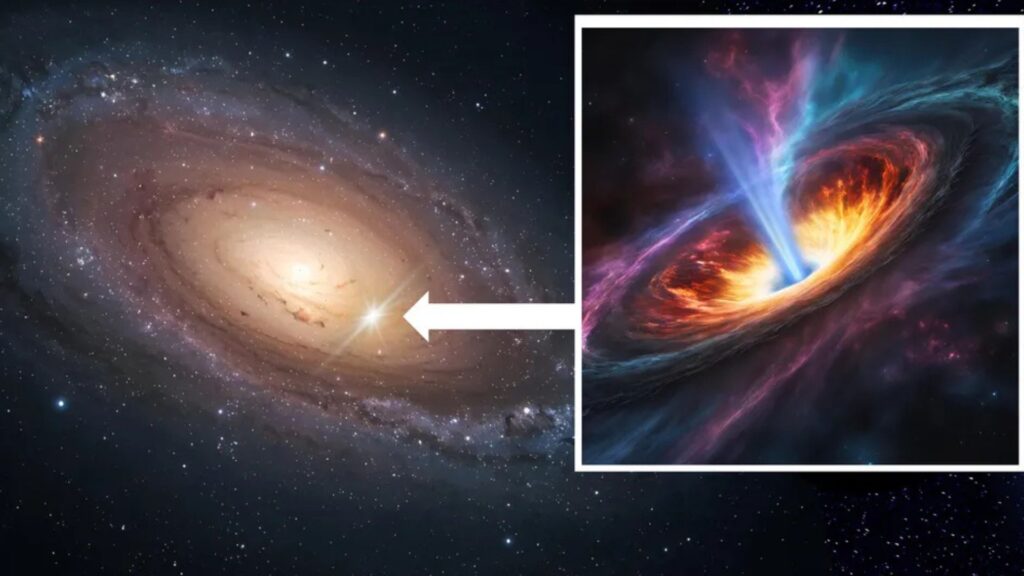
Astronomers this month reported two unprecedented advances in black hole research, using innovative observational methods to probe the most extreme cosmic environments. In one study, a team led by Matus Rybak at Leiden University directly measured the corona of a supermassive black hole for the first time. In a separate investigation, Dr. An Tao and collaborators at the Shanghai Astronomical Observatory identified a wandering intermediate-mass black hole actively accreting material well outside its host galaxy’s center.
Corona of a Supermassive Black Hole Measured Directly
Researchers studying the gravitationally lensed quasar RX J1131, located six billion light-years away, revisited decade-old Atacama Large Millimeter/submillimeter Array data and noticed unexpected rapid brightness variations in its four lensed images (Live Science). These fluctuations arose from microlensing by individual stars in the foreground lensing galaxy, effectively acting as a “double zoom” that revealed the size of the quasar’s corona—a superheated halo of million-degree gas—at roughly 50 astronomical units, comparable to the diameter of our solar system.
This measurement, published in September 2025, provides the first direct observational constraint on the magnetic fields and particle acceleration mechanisms operating in black hole coronae (Science Bulletin). By decoupling viscous spreading assumptions in favor of detecting radiative processes through lensing, the team opened a new window into the innermost regions of active galactic nuclei.
Wandering Intermediate-Mass Black Hole in Dwarf Galaxy
An international collaboration led by Dr. An Tao detected an intermediate-mass black hole weighing about 300,000 solar masses in the dwarf galaxy MaNGA 12772-12704, 230 million light-years from Earth (Space.com). Using the Very Long Baseline Array, the team observed compact radio jets extending 7.2 light-years, while archival optical and X-ray data spanning 1993–2023 revealed consistent long-term variability—a combination the authors describe as “triple solid evidence” for an accreting black hole far from its galactic nucleus.
This finding, published in Science Bulletin on September 4, is the first robust detection of a black hole actively feeding outside the central region of its host galaxy (SSBCrack News). The result challenges prevailing models of black hole–galaxy co-evolution by demonstrating that intermediate-mass black holes can remain active and grow in the outskirts of galaxies.
Implications for Black Hole Growth and Evolution
Together, these breakthroughs demonstrate the power of combining gravitational lensing and high-resolution radio imaging to study black holes across different mass scales. The corona measurement technique unveils the physical conditions in the immediate vicinity of supermassive black holes, while the wandering black hole detection suggests a more complex picture of how black holes and their host galaxies influence each other.
By revealing that black holes can both host extended coronae detectable through lensing and remain active when displaced from galactic centers, these discoveries pave the way for new theoretical frameworks. They suggest that rapid black hole growth in the early universe may involve more diverse environments than previously thought and that feedback processes from off-center black holes could play a significant role in galaxy evolution.




